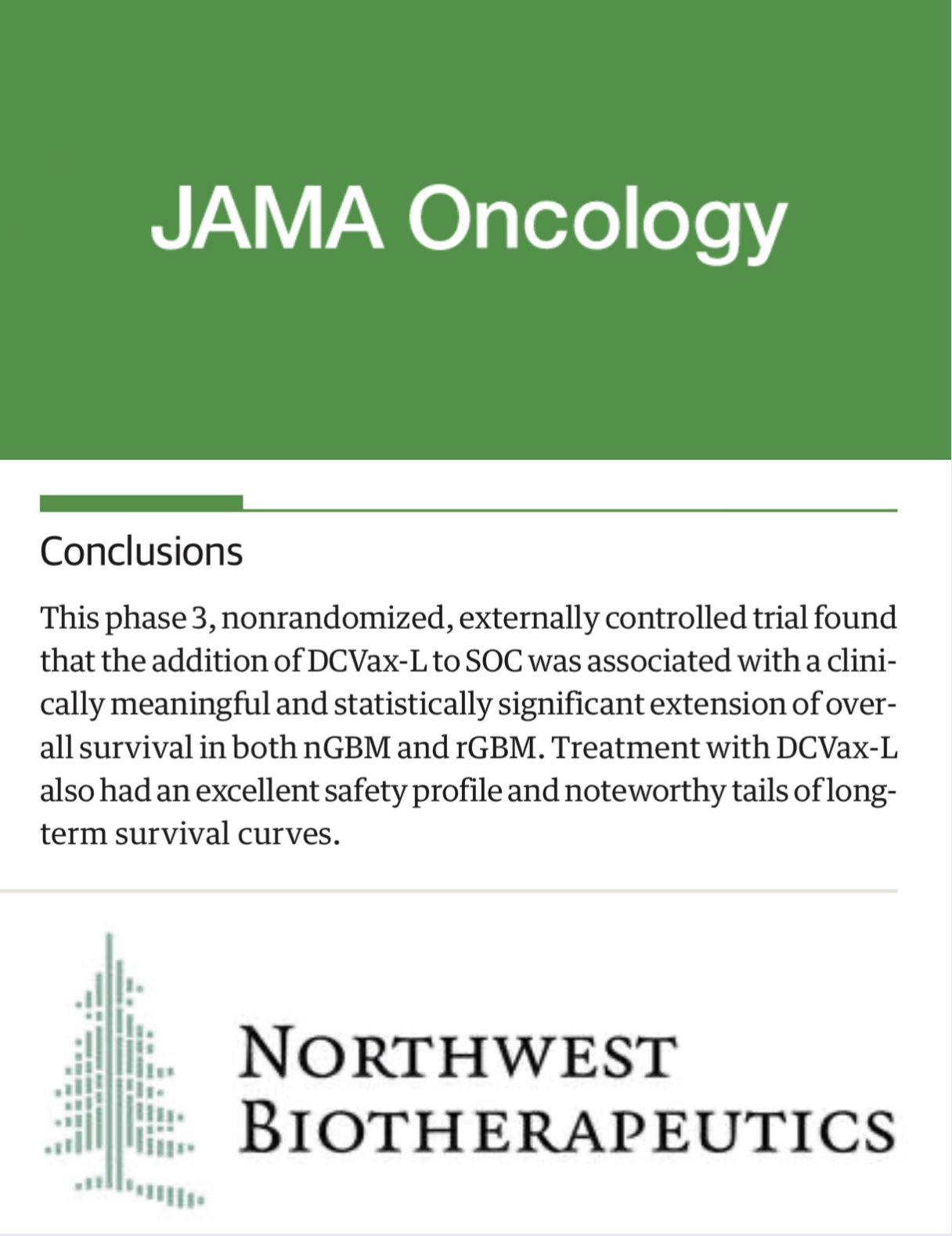Artificial Intelligence-Detected Tumor-Infiltrating Lymphocytes and Outcomes in Anti-PD-1-Based Treated Melanoma.
IF 20.1
1区 医学
Q1 ONCOLOGY
引用次数: 0
Abstract
Importance Easy and accessible biomarkers associated with response to immune checkpoint inhibition (ICI)-treated melanoma are limited. Objective To evaluate artificial intelligence (AI)-detected tumor-infiltrating lymphocytes (TILs) on pretreatment melanoma metastases as a biomarker for response and survival in patients treated with ICIs. Design, Setting, and Participants This multicenter cohort study included patients with advanced melanoma treated with first-line anti-programmed cell death 1 protein (PD-1) with or without anti-cytotoxic T-lymphocyte-associated protein 4 (CTLA-4) between January 2016 and January 2023 at 11 melanoma treatment centers in the Netherlands. Data were analyzed from January to July 2025. Exposure All patients received first-line anti-PD-1 with or without anti-CTLA-4. Main Outcomes and Measures The percentage of TILs inside manually annotated tumor area in hematoxylin-eosin-stained pretreatment metastases was determined using the Hover-NeXt model trained and evaluated on an independent melanoma dataset containing 161 835 pathologist-verified manually annotated cells. The primary outcome was objective response rate (ORR); secondary outcomes were progression-free survival (PFS) and overall survival (OS). Correlation with manual TILs, scored according to the guidelines stated by the Immuno-Oncology Biomarkers Working Group, was evaluated with Spearman correlation coefficients. Logistic regression and Cox proportional regression were conducted, adjusted for age, sex, disease stage, ICI type, BRAF status, brain metastases, lactate dehydrogenase level, and performance status. Results Of 1202 included patients with advanced cutaneous melanoma, 445 (37.0%) were female and 757 (63.0%) were male, and the median (IQR) age was 67.0 (57.0-74.0) years. The median follow-up was 36.3 months (95% CI, 34.0-39.1). Metastatic melanoma specimens were available for 1202 patients, of whom 423 received combination therapy. The median (range) TIL percentage was 9.9% (0.3%-69.4%). A 10% increase in TILs was associated with increased ORR (adjusted odds ratio, 1.40; 95% CI, 1.23-1.59), PFS (adjusted hazard ratio, 0.85; 95% CI, 0.79-0.92), and OS (adjusted hazard ratio, 0.83; 95% CI, 0.76-0.91). Results were consistent for both patients treated with anti-PD-1 monotherapy and patients treated with combination treatment with anti-PD-1 plus anti-CTLA-4. When comparing manual TIL scoring with AI-detected TILs, associations with response and survival were consistently stronger for AI-detected TILs. Conclusions and Relevance In this cohort study, among patients with advanced melanoma, higher levels of AI-detected TILs on pretreatment hematoxylin-eosin slides were independently associated with improved ICI response and survival. Given the accessibility of TIL scoring on routine histology, TILs may serve as a biomarker for ICI outcomes. To facilitate broader validation, the Hover-NeXt architecture and model weights are publicly available.人工智能检测肿瘤浸润淋巴细胞和抗pd -1治疗黑色素瘤的结果。
与免疫检查点抑制(ICI)治疗的黑色素瘤反应相关的生物标志物是有限的。目的评价人工智能(AI)检测肿瘤浸润淋巴细胞(TILs)在黑色素瘤转移前治疗中的作用,并将其作为影响ICIs治疗患者反应和生存的生物标志物。设计、环境和参与者这项多中心队列研究纳入了2016年1月至2023年1月期间荷兰11个黑色素瘤治疗中心接受一线抗程序性细胞死亡1蛋白(PD-1)联合或不联合抗细胞毒性t淋巴细胞相关蛋白4 (CTLA-4)治疗的晚期黑色素瘤患者。数据分析时间为2025年1月至7月。所有患者均接受一线抗pd -1治疗,同时或不同时接受抗ctla -4治疗。在苏木精-伊红染色的前处理转移瘤中,人工注释肿瘤区域内TILs的百分比使用Hover-NeXt模型进行确定,该模型在包含161 835个经病理学家验证的人工注释细胞的独立黑色素瘤数据集上进行训练和评估。主要终点为客观缓解率(ORR);次要终点是无进展生存期(PFS)和总生存期(OS)。与手动TILs的相关性,根据免疫肿瘤学生物标志物工作组的指南评分,用Spearman相关系数进行评估。进行Logistic回归和Cox比例回归,调整年龄、性别、疾病分期、ICI类型、BRAF状态、脑转移、乳酸脱氢酶水平和工作表现状态。结果1202例晚期皮肤黑色素瘤患者中,女性445例(37.0%),男性757例(63.0%),中位年龄(IQR)为67.0(57.0 ~ 74.0)岁。中位随访时间为36.3个月(95% CI, 34.0-39.1)。1202例患者获得了转移性黑色素瘤标本,其中423例接受了联合治疗。TIL百分比中位数(范围)为9.9%(0.3%-69.4%)。TILs增加10%与ORR(校正优势比,1.40;95% CI, 1.23-1.59)、PFS(校正风险比,0.85;95% CI, 0.79-0.92)和OS(校正风险比,0.83;95% CI, 0.76-0.91)增加相关。抗pd -1单药治疗和抗pd -1 +抗ctla -4联合治疗的患者结果一致。当将人工TIL评分与人工智能检测的TIL进行比较时,人工智能检测的TIL与反应和生存的相关性始终更强。结论和相关性在这项队列研究中,在晚期黑色素瘤患者中,预处理苏木精-伊红载玻片上ai检测到较高水平的TILs与改善的ICI反应和生存率独立相关。考虑到TIL评分在常规组织学上的可及性,TIL可以作为ICI结果的生物标志物。为了便于更广泛的验证,Hover-NeXt架构和模型权重是公开的。
本文章由计算机程序翻译,如有差异,请以英文原文为准。
求助全文
约1分钟内获得全文
求助全文
来源期刊

JAMA Oncology
Medicine-Oncology
自引率
1.80%
发文量
423
期刊介绍:
JAMA Oncology is an international peer-reviewed journal that serves as the leading publication for scientists, clinicians, and trainees working in the field of oncology. It is part of the JAMA Network, a collection of peer-reviewed medical and specialty publications.
 求助内容:
求助内容: 应助结果提醒方式:
应助结果提醒方式:


